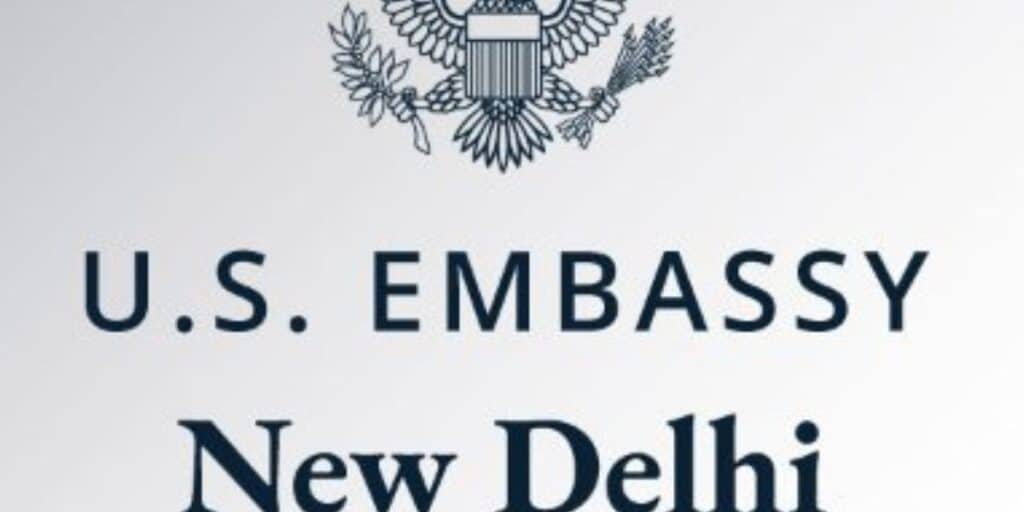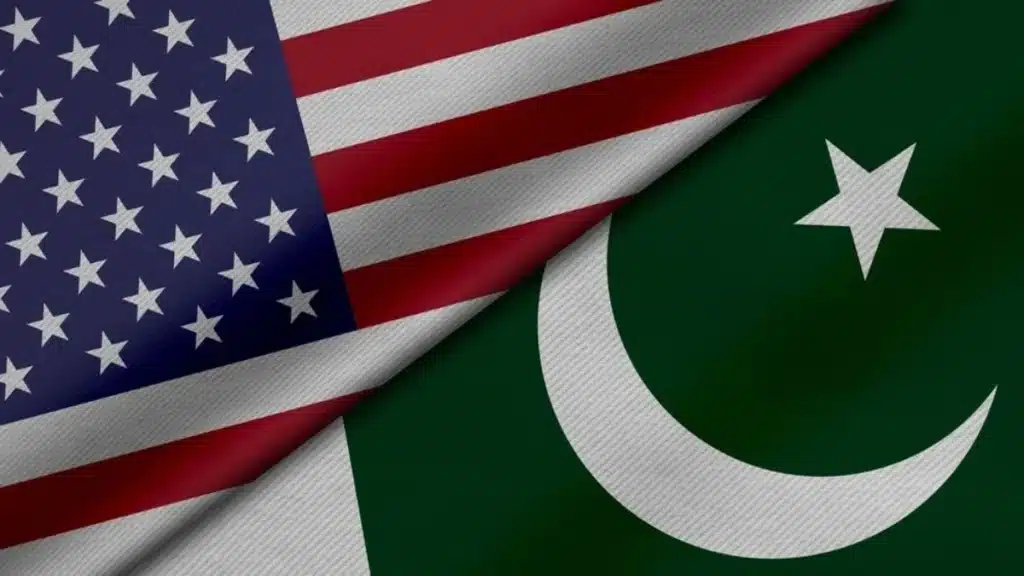WEBDESK: Few outside India are aware that the so-called “world’s largest democracy” has been battling an armed rebellion within its own borders for over fifty years. This is not a conflict against foreign enemies, but a war against India’s own poorest and most oppressed citizens.
The Maoist insurgency, known locally as the Naxalite movement, began in 1967 in a small village called Naxalbari. Here, landless peasants who had suffered years of abuse at the hands of landlords and state police, finally took up arms. Inspired by Marxist Leninist ideals, they launched a rebellion that would go on to spread across large parts of central and eastern India.
The Red Corridor: Proof of India’s War Against Its Poorest Citizens
At the height of the conflict, the insurgents controlled areas in over 180 districts, forming what India’s own security forces once admitted was the “Red Corridor.” Despite decades of brutal military operations, the movement still survives. Its fighters mostly come from India’s Adivasi (tribal) communities and the country’s poorest people, many of whom have lost faith in government promises, courts, and elections.
Official figures reveal that over 12,000 people including civilians, security forces, and insurgents have died in this conflict since 1996. Even though Indian authorities often boast of “final victories” against the rebels, deadly ambushes, bombings, and assassinations continue to embarrass the country’s paramilitary forces every year.
This long, bloody war exposes the hypocrisy behind India’s lofty speeches about democracy and human rights. While the country spends billions on missile programmes and space missions, millions of its own people live without clean drinking water, roads, or schools. It is these forgotten communities, pushed to the margins of society, who see no other option but to pick up arms.
Human rights organisations have repeatedly accused Indian security forces of torture, rape, fake encounters, and mass displacement of civilians. Entire villages have reportedly been burned to the ground in revenge attacks. Yet New Delhi dismisses these reports as “propaganda” while it continues to bomb its own forests with drones and artillery.
India never misses a chance to accuse its neighbours of supporting “terrorism,” but it cannot control the rebellion within its own heartland. The Maoist insurgency stands as living proof that India’s democracy serves only the wealthy elite while crushing the basic rights of its poorest citizens.
Behind the glamorous image India shows to the world with its tech industry, space projects, and international summits lies the harsh reality of a country at war with its own people. As tribal communities in places like Dantewada and Bastar continue to suffer, the world must remember that India’s claims of moral leadership are built on blood and oppression.






